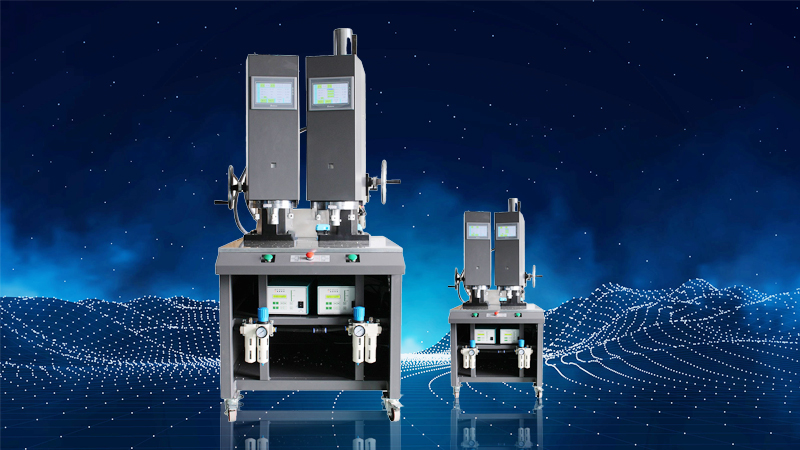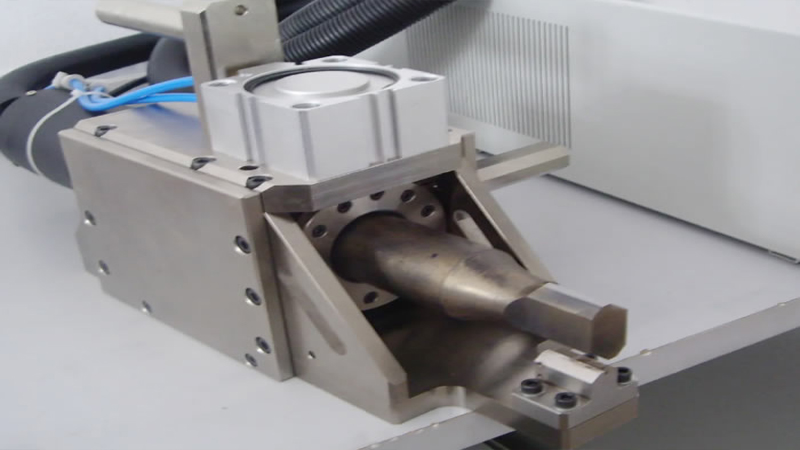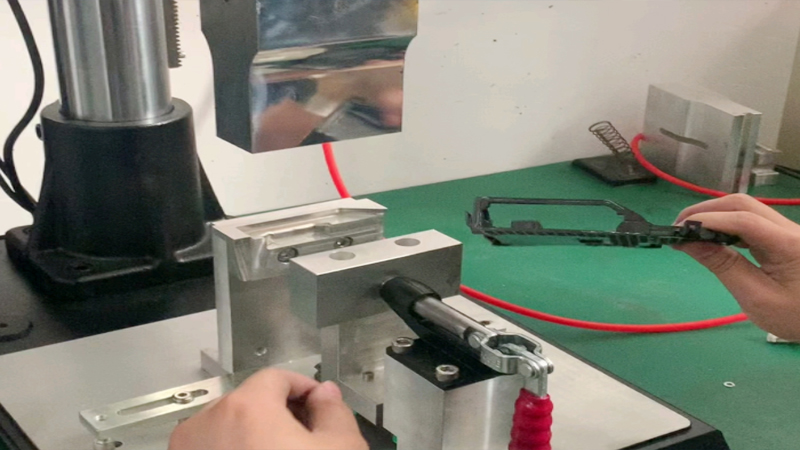The Best Products
Common misconceptions of ultrasonic welding machines
At present, the use of ultrasonic welding machines is quite common, and the industries of product packaging, cutting, riveting, embossing, punching, etc. are all indispensable equipment. Therefore, various ultrasonic welding machines with different functions have also emerged.
There are significant differences in application areas, usage methods, and equipment requirements. There is currently a significant gap in usage among consumers. Let's explain these misunderstandings!
Misunderstanding of ultrasonic output power; The magnitude of ultrasound output power is determined by the diameter and thickness of piezoelectric ceramic sheets, materials, and design processes. Once the sensor is completed, the power supply is also complete. Measuring output energy is a complex process.
This does not mean that the larger the sensor, the more power transistors are used in the circuit, and the greater the output energy. It requires a very complex amplitude measuring instrument to measure its amplitude. Because most users are too familiar with ultrasound, some salespeople have misled consumers and caused misunderstandings.
The consumed electrical energy does not reflect the magnitude of the output ultrasonic power. For example, the low longitudinal energy generated and high current consumption can only indicate low equipment efficiency, and high reactive power is appropriate.
Misunderstandings in the selection of ultrasonic welding machines: factors to consider when using output power, oscillation frequency, and amplitude range, such as material workpiece, welding wire area, and whether there are electronic components in the workpiece, are they sealed. I misunderstood that the greater the power, the better. This is also a misunderstanding.
If you are not familiar with ultrasound, please consult the engineering and technical personnel of a reputable ultrasound manufacturer. If possible, go to the manufacturer for on-site communication and do not blindly follow the guidance of some informal ultrasound sales personnel.
At present, enterprises producing related equipment are particularly mixed, mostly in family style workshops with mechanical analog circuits and lack understanding of working principles.
The imitation equipment has the following fatal defects: firstly, the quality of the purchased raw materials cannot be guaranteed, and secondly, the core technology of the production process is not mastered. Equipment often exhibits instability and low product qualification rates when operating at medium and high power. Sometimes the equipment can be damaged.











